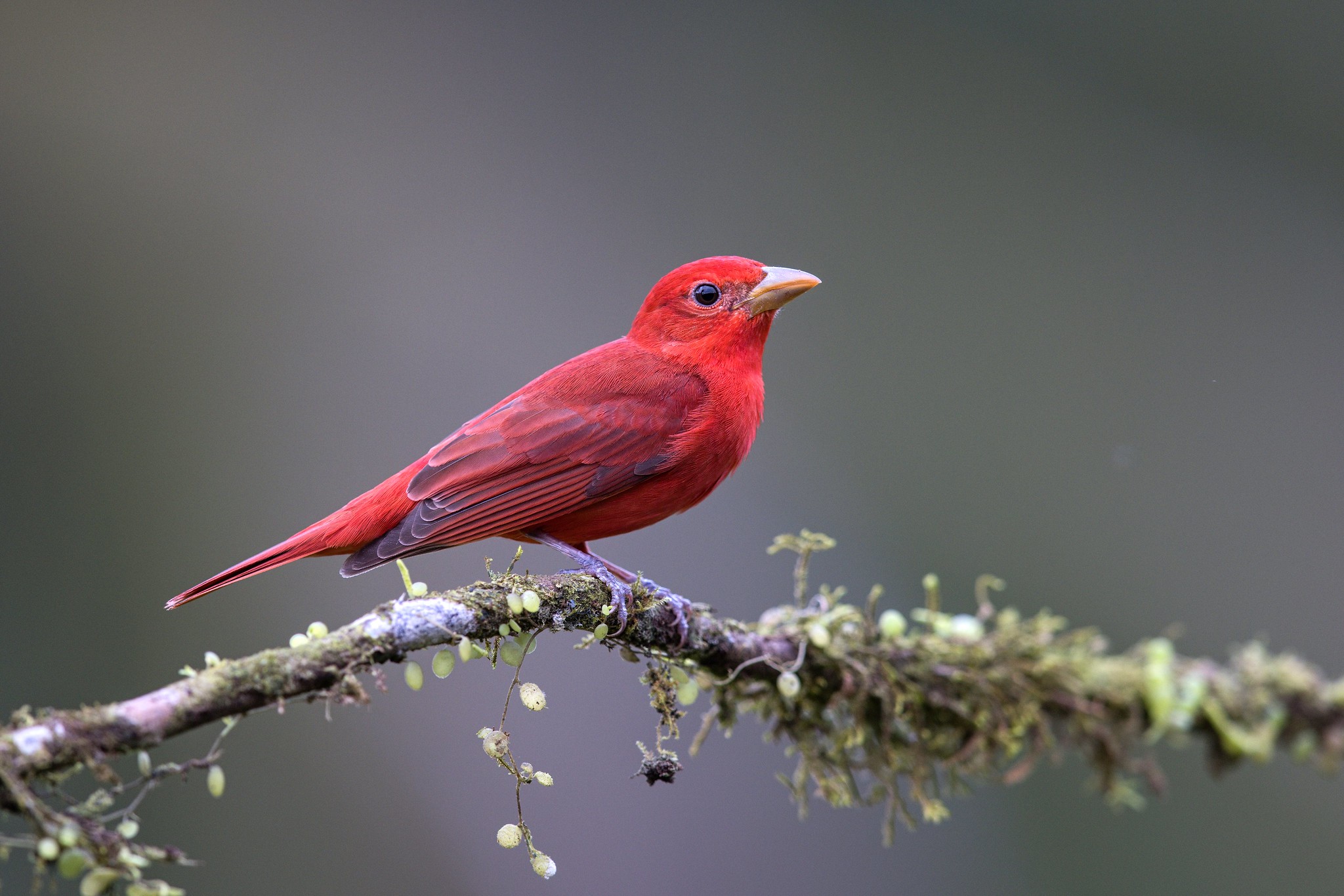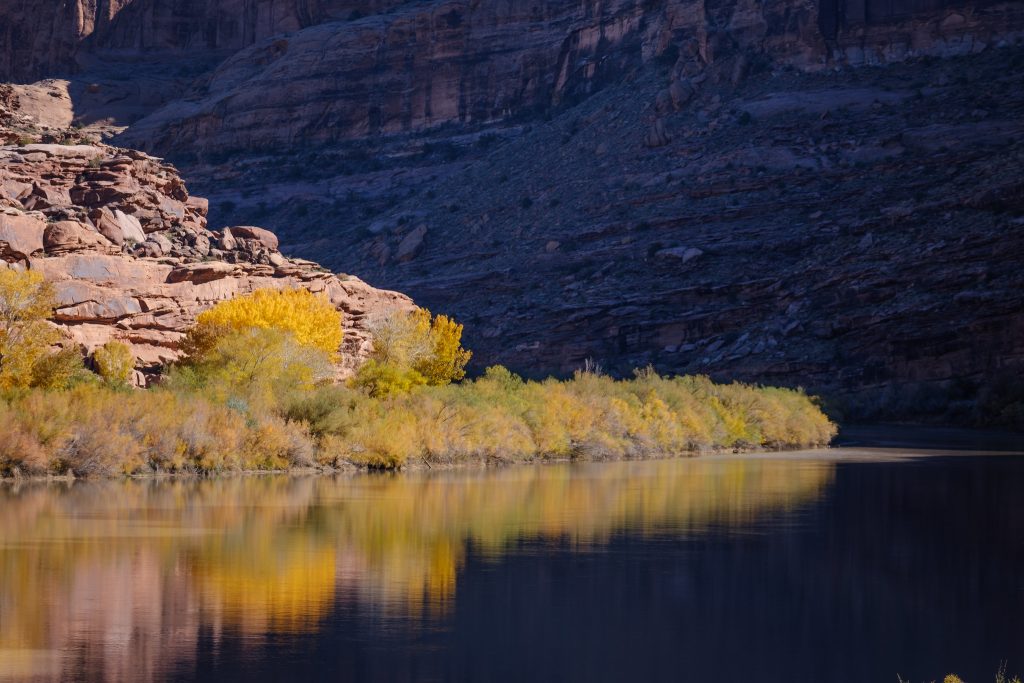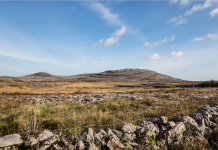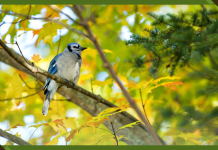Written by: Evan Bourtis
In the southwesternmost corner of Arizona, the Colorado River weaves in between Mexico and the lands of the Native American Cocopah Tribe.
Many spots along the river’s shore are lined with dense thickets of invasive reeds called phragmites that surpass 3 meters (9.8 feet) in height. With rigid, green stems and feathery heads standing high, it’s difficult to see across to the other side of the waterway. However, a 3-hectare (7-acre) stretch on the North Cocopah Reservation is nearly free of the reeds.
Instead, it’s surrounded by a mix of cottonwoods (Populus), willows (Salix) and mesquites (Prosopis). Those are trees that Joe Rodriquez, a member of the Cocopah Tribe and the manager of the Cocpaph Museum and Cultural Center, remembers seeing along the river, growing up in the 1970s.
Rodriquez recalls playing with his friends barefoot in the sand during summers and running underneath large mesquite trees for shade.
“We picked the closest tree to run to because the ground was so hot. That’s when we grew up. We ran, we swam, we climbed trees,” he said.
On Earth Day last April, the tribe’s Environmental Protection Office cut the ribbon on its two-year project to clear invasive reeds and plant more than 1,000 native trees — restoring the riverside to what it looked like decades ago. After opening remarks, tribal members explored the restoration site complete with a 1.6 kilometer (1-mile) walking trail, a labyrinth and rocks to sit on and reflect.
The name of the trail, “Final Keepers of the River,” is a fitting one, says Environmental Protection Office director Jen Alspach, who’s not a member of the tribe. As the last Native American tribe on the Colorado River before it flows into Mexico after passing through seven states the Cocopah serve as the river’s caretakers.
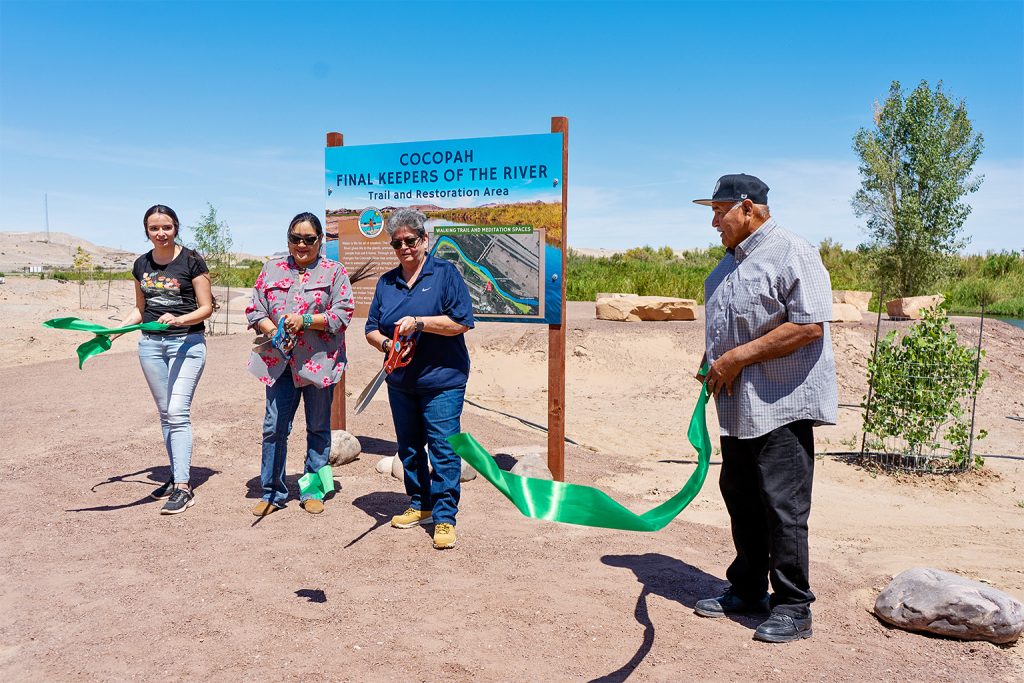
Final Keepers of the River was the first riverside restoration project on the three neighboring reservations that make up Cocopah tribal lands. Now, the tribe has much bigger plans: restoring more than 161 hectares (400 acres) along the river on the West Cocopah Reservation, starting in 2024, with support from $5.5 million in grants from federal and nonprofit groups.
By restoring habitat, the tribe aims to preserve its cultural traditions for generations to come. Since settling in the area more than three millennia ago, the tribe relied on the river for fishing and the delta’s fertile soil to grow grains, beans, pumpkins and watermelon. However, with invasive plants and low water levels, agriculture along the river is becoming more difficult.
The river has also provided resources that the tribe historically used to make climate-appropriate adobe and wood homes, cradles, art, archery bows and other items that shaped the Cocopah lifestyle.
“When we bring back these plants, it’s not just for the wildlife,” Alspach said. “It’s for the people. It helps to preserve their culture and to bring back these resources that they used for centuries.”
A revival of culture
In the Sonoran Desert region where the Cocopah Reservation lies, water is life, Rodriquez said. His ancestors settled along the Colorado River because it allowed them to farm in a region where sand dunes, summer days above 40° Celsius (104° Fahrenheit) and months with hardly any rainfall are common.
The Cocopah people lived along the river long before its first dam was built in 1909 in Colorado, followed by 14 more dams across multiple states. Those dams have prevented the natural flooding needed to spread nutrients and native seeds, decimating the riverfront habitat containing culturally important trees and making agriculture more challenging. As Alspach describes it, since native plants take more time to establish, the quick-growing phragmites easily overtook the riverfront.
Climate change is also to blame for why the water flow in the Colorado River — powerful enough to carve out the Grand Canyon millions of years ago — has shrunk by 20 percent in the past century. A study from the University of California, Los Angeles, estimates that the river has lost more than 40 trillion liters (32.4 acre feet) because of climate change since the start of a megadrought in 2000.
Growing up, Rodriquez enjoyed going fishing on the Colorado River with his father and uncle. He recalls wanting to jump in the river at times but deciding against it because the current was too strong. Now, the river is only a fraction of the width it used to be in some places on the reservation.
Rodriquez said restoring habitat along the river marks a revival of the environment that shaped the tribe’s traditions. He gave the example that, without the trees along the river historically used to build musical instruments, the tribe’s songs would sound very different.
“Those are the things that made us who we are as a people and helped to define our culture,” he said.
For the Final Keepers of the River project, the tribe used machinery to clear out phragmites. To make up for the dams’ impacts on water sources, they also installed 1,219 meters (4,000 feet) of drip lines to irrigate newly planted native trees.
For technical assistance, the tribe partnered with the Yuma Crossing National Heritage Area — a collaboration among state, federal and tribal organizations to protect riverfront habitat in southwestern Arizona. The tribe also partnered with bird conservation nonprofit the Audubon Society on river restoration and will continue their partnership on the upcoming projects.
Cocopah Tribal Council member Neil White has walked the Final Keepers of the River trail several times, describing it as a peaceful place and noticing the return of wildlife. “The insects, the various birds, the animals, all those kinds of life are coming back,” he said.
Native vegetation along the lower Colorado River serves as habitat for birds that migrate across the border, including tree swallows (Tachycineta bicolor), black-throated gray warblers (Setophaga nigrescens) and summer tanagers (Piranga rubra).
In addition, the river’s marshes are home to the federally endangered Yuma Ridgway’s Rail (Rallus obsoletus yumanensis), whose habitat is disappearing because of low water levels.
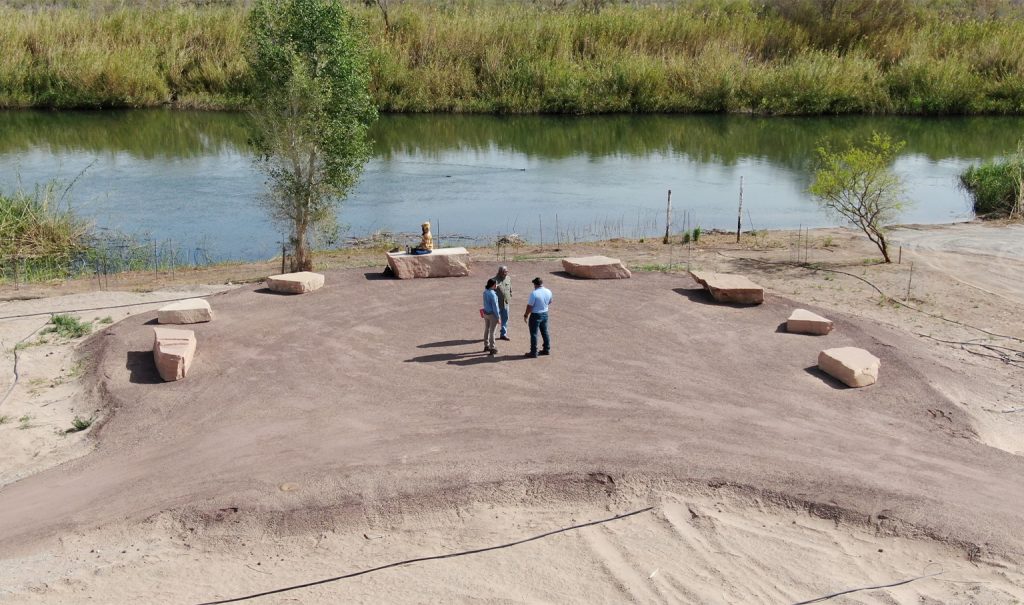
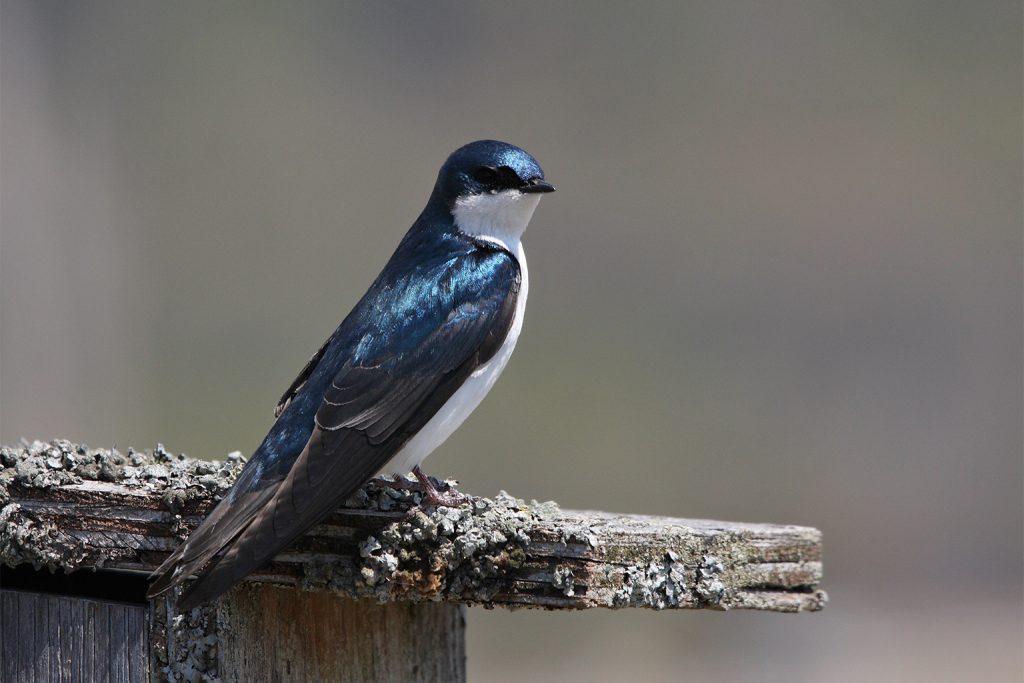
Addressing community’s needs
The Final Keepers of the River site is located above Morelos Dam — the final dam on the Colorado River built in the 1950s to divert water to Mexico. The restoration area that will break ground in 2024 is below the dam, making water levels even lower and irrigation even more critical in the area dominated by invasive salt cedar shrubs (Tamarix ramosissima).
Alspach said the Environmental Protection Office plans to transport water from a nearby canal to the site, through the help of $5 million from the National Fish and Wildlife Foundation.
The NFWF, a nonprofit started by Congress to fund conservation, holds an annual grant competition called the America the Beautiful Challenge open to tribal, state and other organizations. This year, the Cocopah Tribe was one of 21 tribal nations to receive the grant after their application the previous year wasn’t selected. The tribe is also receiving $200,000 from the U.S. Fish and Wildlife Service and $315,000 from the nonprofit Bonneville Environmental Foundation.
As with every restoration project, Alspach will share the design plan with tribal elders and Cocopah Tribal Council members to make sure it addresses the community’s needs.
“It’s important to talk to tribal elders because they do remember when the river was different. They remember how wide and magnificent the river once was,” Alspach said.
According to White, restoring land along the river could open new possibilities to practice old traditions. Generations ago, Cocopah tribal members used the river’s trees and soil to construct adobe homes. White said he hopes that one day, tribal members will be able to use the river to keep their ancestors’ traditions alive and build these homes once again as artifacts.
The upcoming project also includes creating a Cocopah tribal youth corps, allowing younger generations to connect with the river by working on the restoration sites.
At the Cocopah Museum, where Rodriquez is working to preserve artifacts and documents so future generations can understand their history and culture, the river restoration serves another dimension. A riverside filed with the same trees and wildlife that previous generations saw and relied upon will make history even more tangible.
“We’re changing with the times but what remains is our culture and our language. Those are the things that we’re fighting to keep,” he said.
Header Image Credit: Andrej Chudý/Flickr (CC BY-NC-SA 2.0).
This article originally appeared on Mongabay

